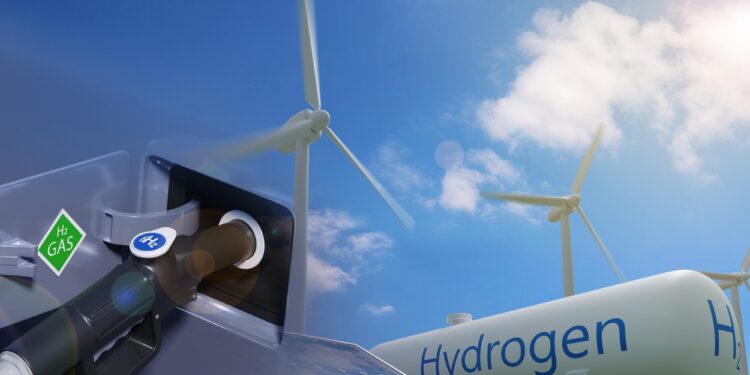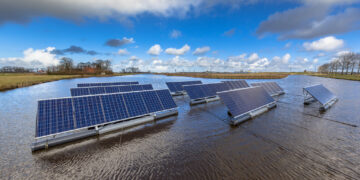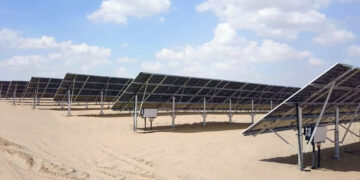A recent study from King Fahd University of Petroleum and Minerals in Saudi Arabia evaluates how different solar technologies can lower the cost of producing green hydrogen. The research compared photovoltaic (PV), concentrated solar power (CSP), and hybrid PV-CSP systems, focusing on their technical, economic, and environmental impacts.
According to the study, PV-powered electrolysis offers the lowest projected cost for hydrogen production, with a levelized cost of hydrogen (LCOH) of $4.23 per kilogram, as reported by pv magazine. In comparison, CSP systems achieved a higher capacity factor of 55.4% but resulted in a higher LCOH of $4.95 per kilogram. The PV system also had a lower levelized cost of energy ($0.0533/kWh) than CSP ($0.0854/kWh).
The analysis included simulations using the SAM software developed by the US Department of Energy’s National Renewable Energy Laboratory. The PV system was designed with surplus capacity and battery storage, while the CSP system featured a solar tower and thermal storage. Both systems operated independently of the power grid and were evaluated in locations such as Dhahran, Aswan, Ouarzazate, Dubai, and Rutba.
The study found that while CSP has environmental advantages like lower lifecycle emissions and reduced land use, it requires more water—about 0.2 liters per kilowatt-hour—making it better suited for coastal regions with water access. Sensitivity analysis revealed that increases in capital expenditure and energy costs significantly impact hydrogen production costs.
This research is among the first in Saudi Arabia to assess hybrid PV-CSP systems for hydrogen production, providing valuable insights for the Middle East’s shift toward a sustainable hydrogen economy.









